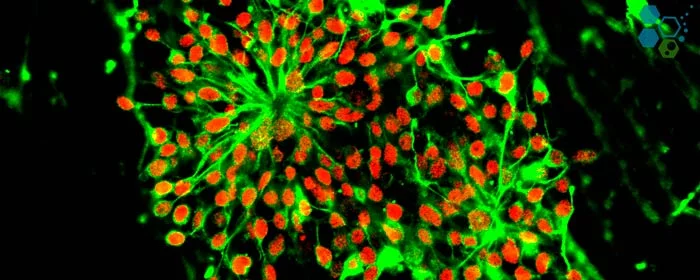
The Polar body refers to the resultant structure that an egg cell (oogonium) produces as it undergoes meiosis. During the first stage of meiosis, the egg cell evenly divides the chromosomes between the resultant two cells. However, the cytoplasm is divided unevenly.
One of the cells retains majority of the cytoplasm, leaving the other cell with a very small amount or nearly none. That smaller cell represents the first polar body, which normally undergoes degeneration. The resultant larger cell, which is the ovum, re-divides, generating the second polar body containing half of the chromosome amount and a nearly absent cytoplasm. This second polar body then splits up and positions itself near the oocyte or the larger cell until such time that it undergoes degeneration. At the end of meiosis, there shall be only one functional egg or oocyte produced.
Polar body formation is a unique feature of female gametogenesis (oogenesis). Oogenesis is the process by which female germ cells (oogonia) differentiate and mature into ova or eggs. During this process, a series of meiotic cell divisions occur, leading to the formation of polar bodies.
Polar body formation is a crucial process in oogenesis that ensures the mature ovum has a haploid set of chromosomes while retaining the bulk of the cytoplasm. The extrusion of polar bodies is a manifestation of the asymmetrical cell divisions characteristic of female gametogenesis.
Zombie cells, also called senescent cells, are non-dividing cells that accumulate in the body due to stress or damage, resisting… Read More
Chimeric antigen receptor-T cell treatment (CAR-T cell therapy) holds immense potential to revolutionize organ transplantation, particularly for patients who struggle… Read More
In the ever-evolving landscape of nutrition science, the discourse around dietary fats has undergone significant transformation. The Regeneration Center is… Read More
New research shows that specific types of brain cells become active after brain injuries and exhibit properties similar to those… Read More
Chemokines, critical components in the immune system, are small proteins that facilitate the migration and positioning of immune cells throughout… Read More
Stem cell research examines everything from gene expression to differentiation capacities to therapeutic potentials. With such diverse data types and… Read More